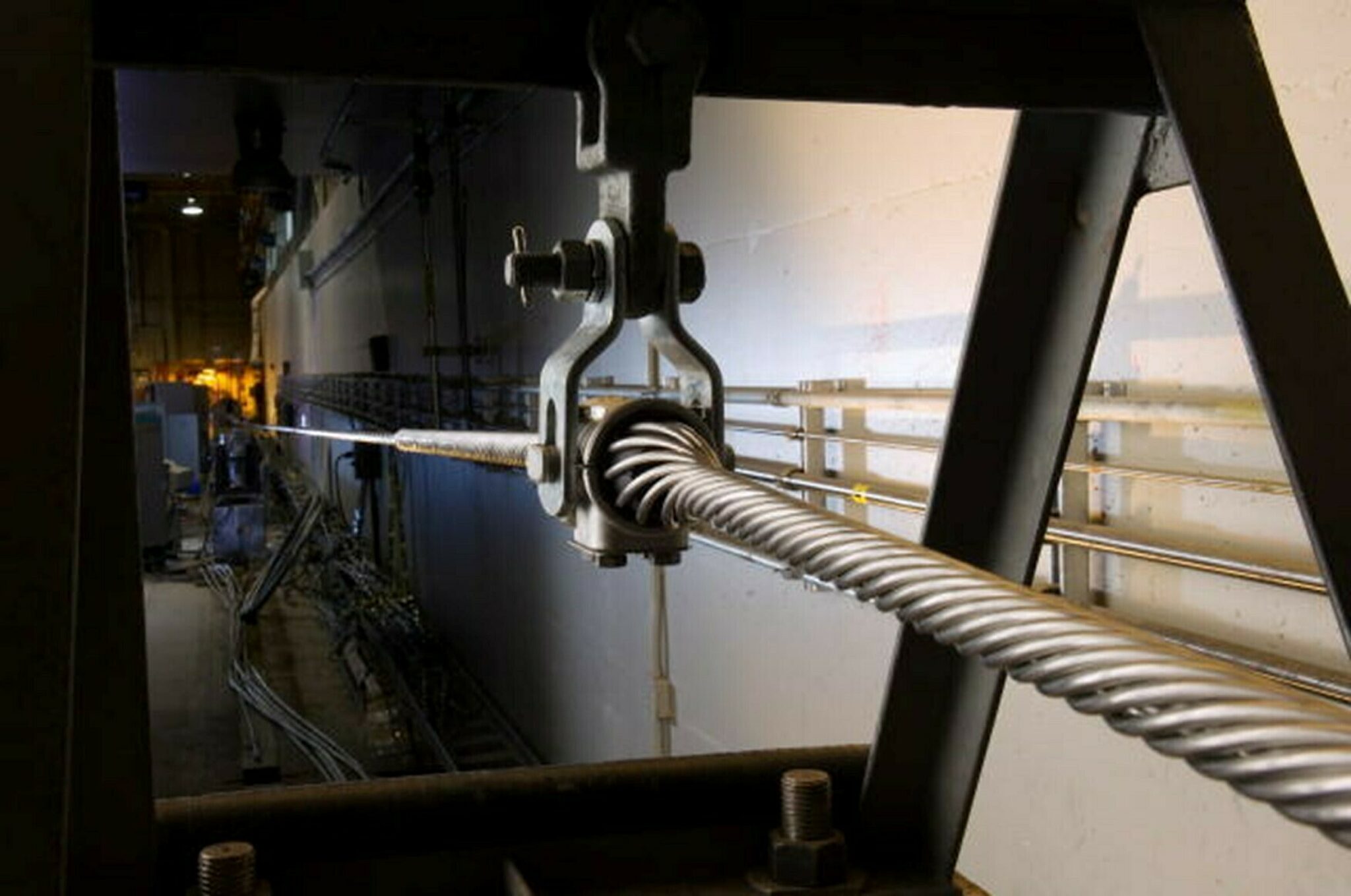A high-precision optical fibre diameter analyser supports fibre manufacturing.
The Role of Optical Fibre Screening in Ensuring Quality and Efficiency in Connection Solutions
In today's rapidly developing digital landscape, the significance of optical fibre testing can not be overstated, as it acts as a keystone for making certain the quality and efficiency of connectivity solutions. By employing a series of testing approaches, including OTDR and loss assessments, companies can proactively determine and mitigate prospective network concerns that may hinder performance. Regular screening not only aligns with sector criteria however also leads the method for improved information transmission. Nonetheless, as modern technology remains to advancement, the future of optical fiber screening positions interesting challenges and possibilities that warrant closer evaluation.
Value of Optical Fiber Testing
The value of optical fibre testing can not be overemphasized in ensuring the stability and efficiency of interaction networks. As the foundation of contemporary telecoms, optical fibres promote high-speed data transmission, making their integrity essential to operational success. Examining acts as a proactive procedure to identify prospective concerns such as signal loss, attenuation, and physical damage, which can endanger network performance.
Routine testing permits the confirmation of installment quality and the detection of issues that could influence data integrity - robotic vision. By employing extensive screening methods, network operators can reduce the dangers related to network failings, consisting of downtime and economic losses. Moreover, optical fiber screening guarantees compliance with industry standards and policies, improving the general high quality of service offered to end-users.
Inevitably, the organized analysis of optical fibers contributes to the durability and effectiveness of communication systems. It allows stakeholders to make educated decisions concerning maintenance, upgrades, and troubleshooting. In a landscape where data is progressively essential, focusing on optical fiber testing is necessary to sustaining robust and efficient connectivity services, thus supporting the needs of contemporary electronic environments.
Kinds of Optical Fiber Tests
Various screening techniques are utilized to ensure the capability and integrity of optical fibers within communication networks. These examinations can be generally categorized into two main kinds: installment examinations and upkeep tests.
Installment examinations are carried out right away after the setup of optical fibre cables to verify their performance and honesty - fibre testing equipment. The most typical installation examinations consist of Optical Time-Domain Reflectometry (OTDR) tests, which analyze the high quality of the fiber by identifying faults or breaks, and end-to-end loss examinations, which determine the complete optical loss from one end of the fibre to the various other
Maintenance examinations, on the other hand, are done periodically to make sure ongoing performance and detect prospective concerns in time. These consist of visual examination, which checks for physical problems or improper installments, and continuity examinations, which confirm that the signal can pass via the fibre without disruption.
In addition, advanced tests such as Polarization Setting Dispersion (PMD) and Chromatic Diffusion (CD) tests can be performed to review the fiber's efficiency under numerous conditions. By using these varied screening methods, service technicians can preserve high standards of quality and dependability in optical fiber networks.
Benefits of Routine Examining
Regular screening of optical fibers plays a critical role in maintaining the overall performance and dependability of communication networks. By carrying out routine evaluations, companies can make certain that their fibre optic installations meet industry criteria and run successfully. This aggressive approach assists to recognize possible weak points and degradation gradually, enabling for timely treatments before concerns rise.

Cost-effectiveness is an additional benefit. By dealing with minor problems early, organizations can stay clear of the high expenses associated with significant repair work or system failings. Routine screening likewise cultivates compliance with regulatory demands, ensuring that the network complies with required safety and security and performance criteria.
Common Concerns Determined
Identifying typical issues in optical fiber networks is crucial for preserving optimal efficiency and dependability. Various aspects can add to disturbances, including physical damage, bad installation methods, and environmental impacts.
Physical damages, such as bends, breaks, or abrasions, can substantially deteriorate signal top quality. Improper installment methods, including extreme stress or inadequate securing of cords, might result in enhanced depletion and loss of connection. Additionally, environmental elements such as temperature level variations, moisture ingress, and rodent interference can jeopardize the honesty of the fiber.
Connector issues likewise often emerge, with improper alignment or contamination causing raised insertion loss. Furthermore, splicing errors can introduce considerable signal destruction otherwise implemented with precision.

Resolving these typical issues through normal optical fiber screening not only enhances network reliability but additionally enhances general performance, ensuring that connection options stay robust and reliable.
Future Patterns in Evaluating
As the demand for high-speed connection remains to rise, the future of optical fiber screening will progressively concentrate on automation and progressed analytics. The assimilation of expert websites system (AI) and machine learning (ML) in screening procedures will allow a lot more effective information evaluation and anticipating upkeep, lowering downtime and improving overall network integrity. Automated screening options will certainly improve the assessment and accreditation of fiber networks, lessening human error and enhancing testing throughput.
Another substantial pattern is the fostering of remote screening innovations. As the implementation of fibre networks expands right into remote and underserved locations, remote screening capacities will certainly enable professionals to monitor and detect network problems without physical visibility, therefore lowering functional expenses and enhancing action times.
Moreover, there will certainly be a shift towards more comprehensive testing criteria that incorporate not just standard loss measurements however likewise performance metrics such as latency and transmission capacity application. This all natural technique will facilitate better network monitoring and optimization methods.
As these patterns advance, the optical fiber testing landscape will not just improve the quality and performance of connection services but also sustain the expanding complexities of modern-day interaction networks.
Conclusion
Finally, optical fiber testing works as a basic part in preserving the integrity and performance of interaction networks. By you can try these out systematically assessing numerous specifications with established screening techniques, potential concerns are identified and fixed, making certain optimum performance. The recurring dedication to regular screening not only improves information transmission but additionally aligns with market standards, promoting reliability in network facilities. As modern technology develops, the relevance of ingenious screening approaches will certainly remain to grow, more advancing connectivity remedies.